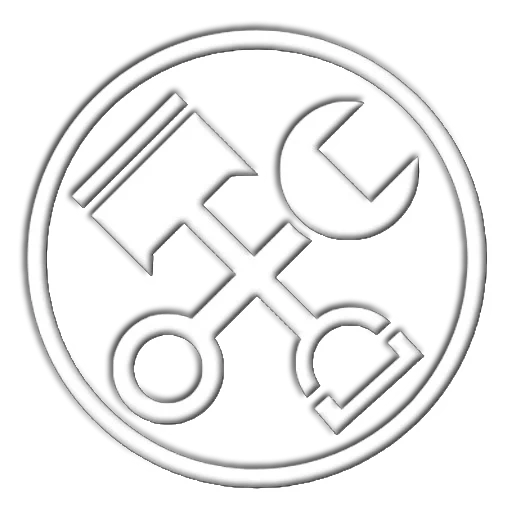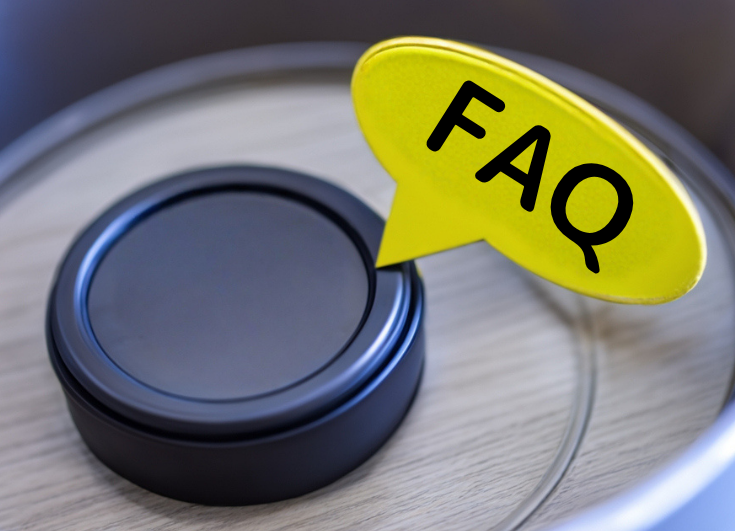
Compatibility Table
| Vehicle | Model | Genuine Part Number | Part Number | Manufacturer | Voltage/Current | Engine |
|---|---|---|---|---|---|---|
| IMPREZA | GC8 | 23700AA202 | A2T39091 | Mitsubishi | 12V | EJ20 |
| IMPREZA IMPREZA Wagon Forester Legacy | GC2,GC8,GF1,GF2,GF8 SF5,SF9,SG5,SG9 BE5,BH5 | 23700AA380 | A2TB3091 | Mitsubishi | 12V | EJ20 EJ15 |
| IMPREZA Forester | GC1,GC2,GC8 SF5 | 23700AA280 | A2TA7591 | Mitsubishi | 12V | EJ20 |
| IMPREZA | GDB GG2,GG3 | 23700AA420 | A2TB5391 | Mitsubishi | 12V | EJ20 |
| IMPREZA | GDB GGC | 23700AA540 | A2TG0391 | Mitsubishi | 12V | EJ20 |
| IMPREZA Legacy | GH GVF BP5 | 23700AA522 | A3TG0491A | Mitsubishi | 12V | EJ20 EJ25 EL154 |
| IMPREZA Forester Legacy | GH SH BP,BL | 23700AA520 23700AA521 | A3TG0491 | Mitsubishi | 12V | EJ20 EJ25 |
| IMPREZA | GH8 | 23700AA871 | A3TG6591C | Mitsubishi | 12V | EJ20 |
| IMPREZA | GC4,GC6,GC8 | 23700AA230 | A2T37291 | Mitsubishi | 12V | EJ20 EJ18 |
| IMPREZA | GVB,GVF GRB,GRF | 23700AA860 | A3TG0491B | Mitsubishi | 12V | EJ20 EJ257 |
| IMPREZA | GP7 G4,GJ3,GJ2,GJ6 | 23700AA720 | A2TL0291 | Mitsubishi | 12V | EJ20 |
| Vivio | KK3,KK4,KW3,KW4 | 23700KA560 | 101211-3000 | DENSO | 12V | EN07 |
| Sambar | TT2,TV2,TT1 | 23700KA770 | A1TA2091 | Mitsubishi | 12V | EN07V |
| Sambar | KR1,KR2,KR5,KR6,KT1,KT2,KT6 | 23700KA060 | 100211-4020 | DENSO | 12V | EK23 |
| Sambar | KS3,KS4,KV3,KV4 | 23700KA600 | 100211-9360 | DENSO | 12V | EN07 |
| Sambar | TV1,TV2,TT1,TT2 | 23700KA881 23700KA880 | A1TG0591A | Mitsubishi | 12V | EN07 |
| Sambar | KS3,KS4,KV,KV4 | 23700KA500 | 100211-9270 | DENSO | 12V | EN07 |
| Sambar | KS3,KS4,KV,KV4 | 23700KA601 | 100211-9361 | DENSO | 12V | EN07 |
Please contact us if you would like to check the availability.
The parts supplied by Auto Parts Box Japan are products that have undergone strict quality control by Japanese companies and possess the following features:
- Reliability – Rebuilt in Japan Using Genuine/OEM Cores.
- High Quality – Rigorous inspections and meticulous quality control.
- Durability – Providing consistent performance and peace of mind.
- Cost-Effective – Providing assured quality at a lower price compared to purchasing new parts, helping you save on your budget.
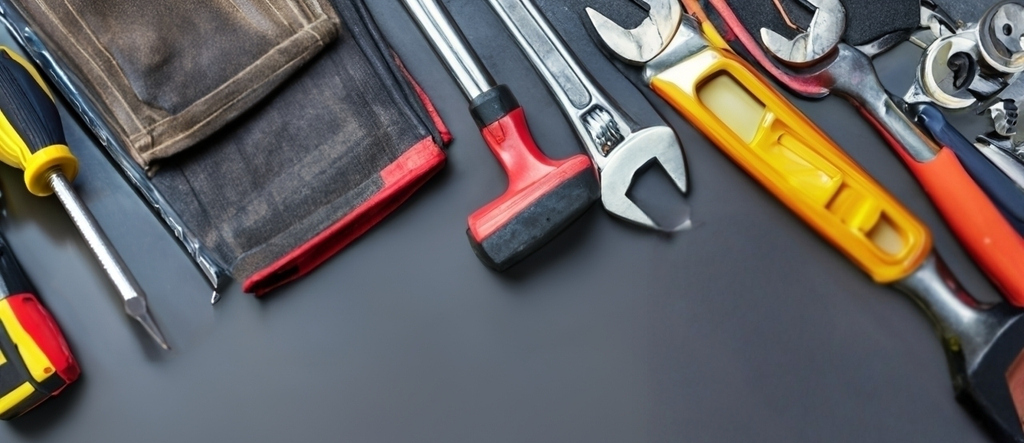
How to Check Compatibility
If you do not know the part number, please provide your vehicle’s chassis number, and we will help verify the compatible parts for your car.
For alternators, the manufacturer’s part number is usually printed on a sticker attached to the unit. If the number is still visible and the sticker is not damaged, please provide that number.
Regarding Auto Parts
For more details on the rebuilt parts supplied by Auto Parts Box Japan, please see the following pages:
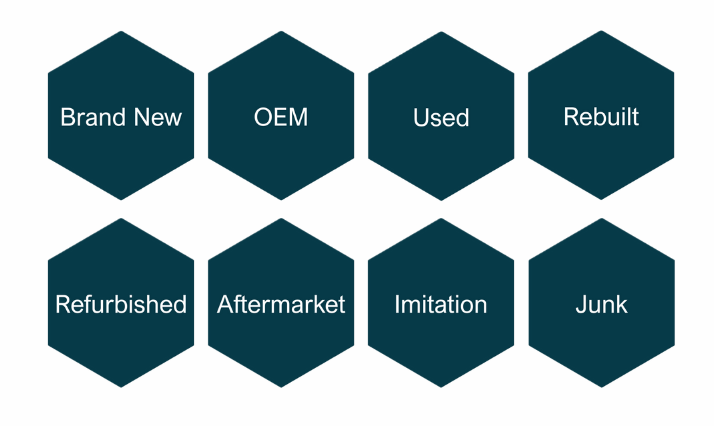
Types of Auto Parts
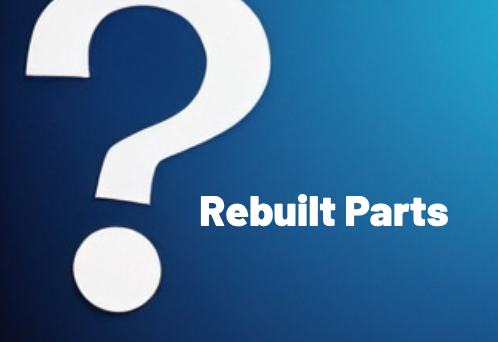
Rebuilt Parts

Contact Us
Feel free to contact us with any questions or service requests.
Prices on our website are slightly lower than on eBay, as there are no additional marketplace fees.
You’re welcome to choose whichever option is more convenient — the product and quality remain the same.
Alternator: Basic Functions and Common Problems
A detailed explanation of the alternator’s role, structure, and common signs of malfunction is available at the link below.
Please feel free to take a look if you’re interested.
